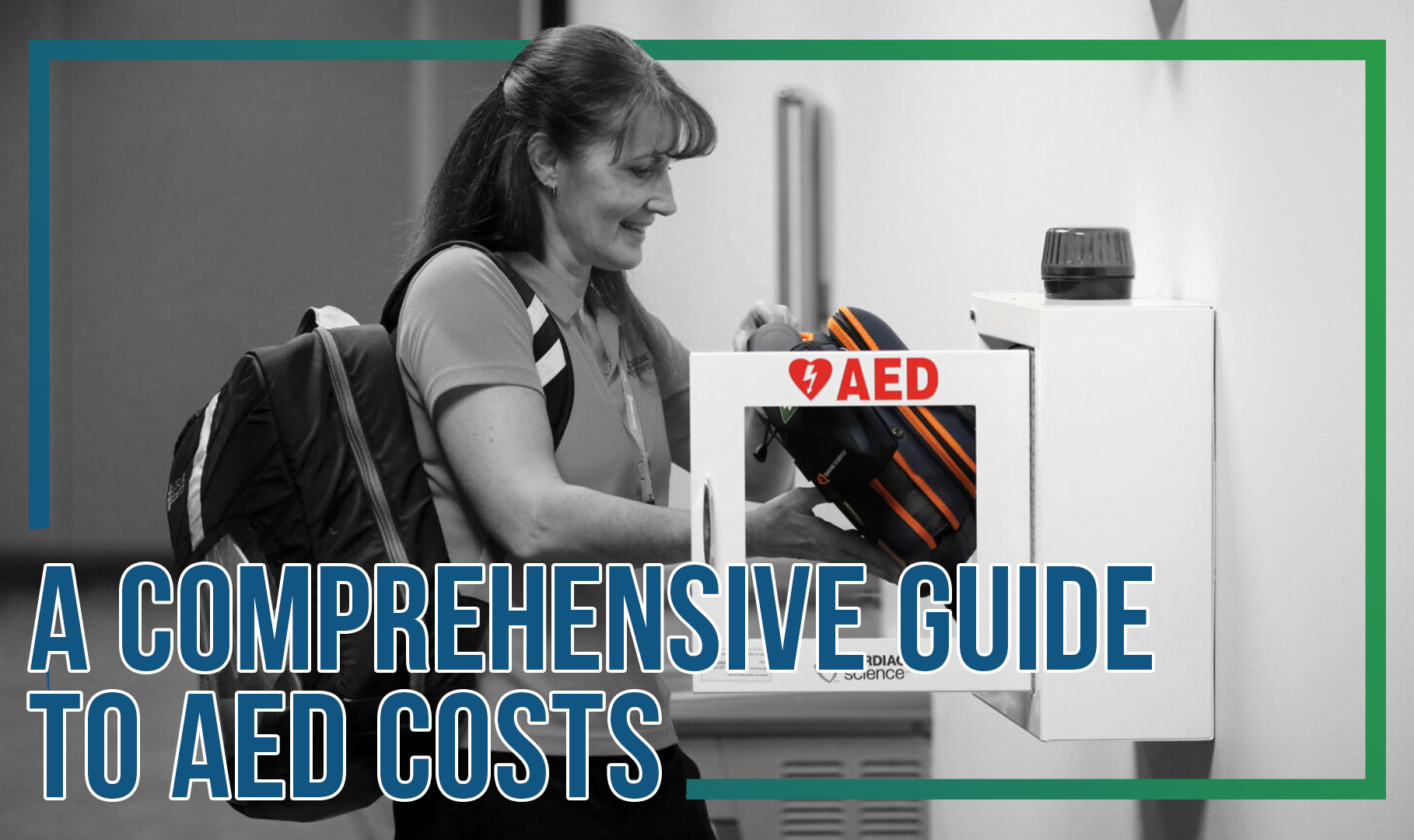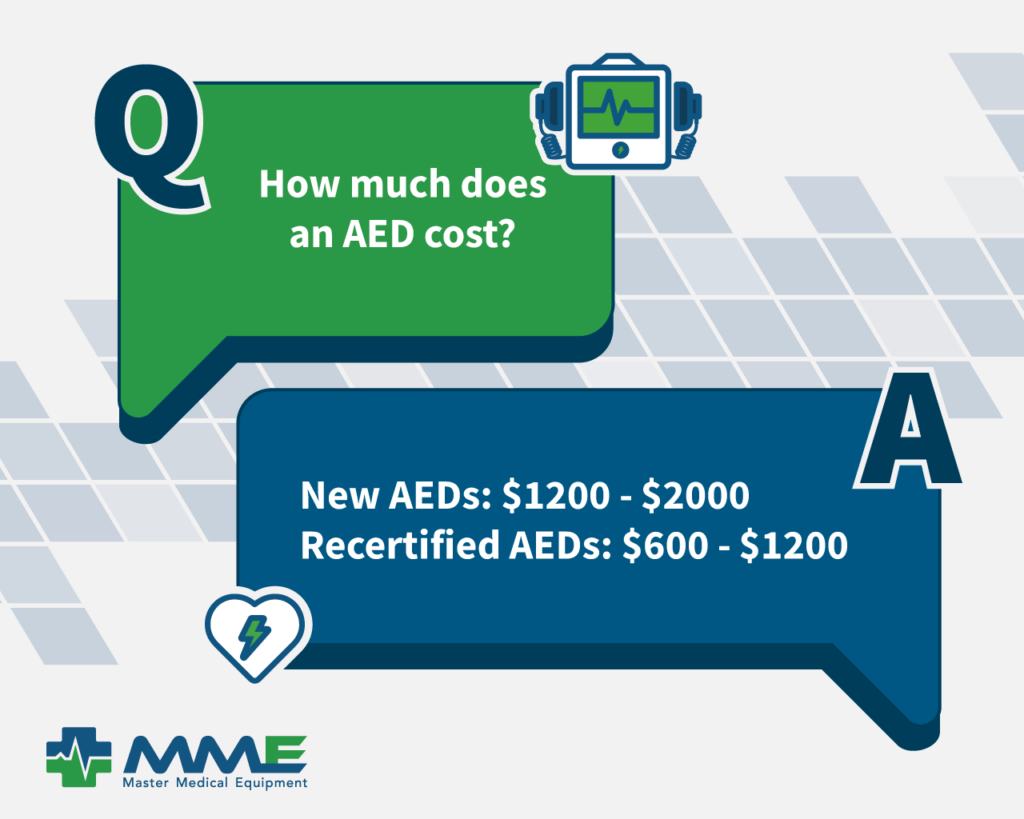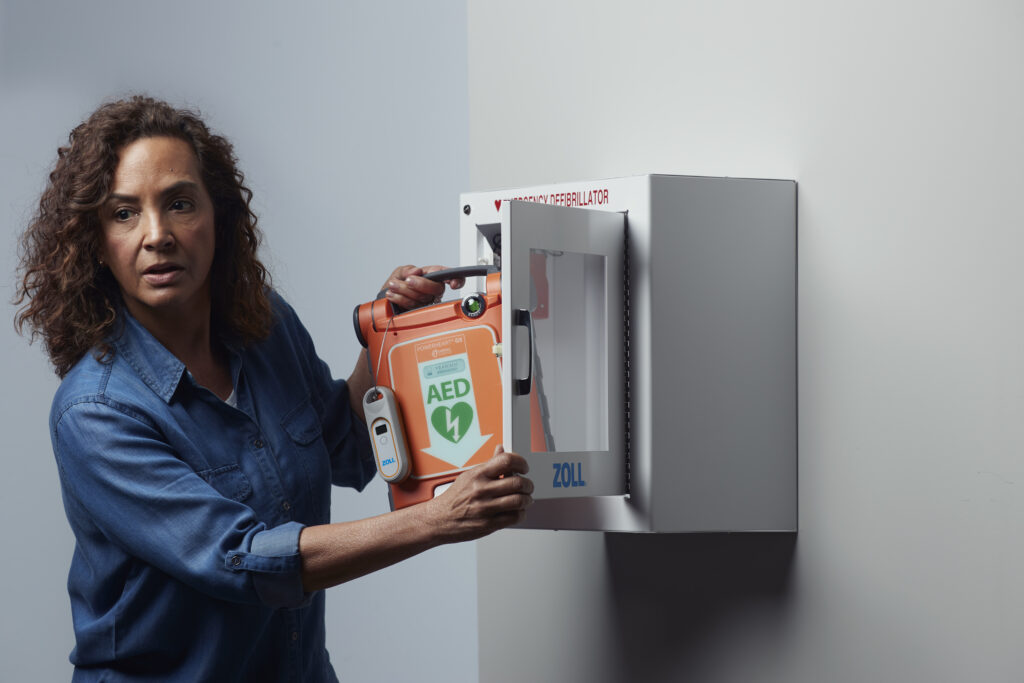Blog
A Comprehensive Guide to AED Costs

A Comprehensive Guide to AED Price
When it comes to purchasing life-saving equipment like Automated External Defibrillators (AEDs), cost can be a primary concern. While the importance of having a life-saving AED on hand cannot be overstated, ensuring it is used in an effective manner can greatly improve survival rates during sudden cardiac arrest. While many United States AED distributors use shady business practices to disguise their prices or lock you into a high cost-of-ownership model, we want to clarify and demystify everything about owning an AED. From initial purchase prices to long-term maintenance costs, affordability solutions, and more, MME’s goal is to help you make informed decisions that fit your budget and safety needs.Common Questions About AED Ownership

How much does an AED cost?
AED prices can vary widely depending on whether they’re new or recertified their features, brand, and technology. The cost of a new portable defibrillator can range from $1,200 to over $2,000. Recertified units, however, are available for between $600-$1,200. Whether new or recertified, this price includes the AED unit, a set of electrodes, and a battery, and sometimes includes a carrying case, wall signs, AED cabinets, and more to ensure safe AED use in public locations.How can I afford an AED?
Affording an AED is more feasible than many realize. We partner with organizations of all sizes to offer financing plans, rentals, grant assistance, and fundraisers. AED purchases are often supported with community grants aimed at public safety or emergency preparedness. MME is also the only AED distributor offering trade-in credit for non-PMA, end-of-life AED models.Is it possible to rent an AED?
Yes, renting an AED is a viable option, especially for events or short-term needs. This can be a cost-effective solution for individuals or organizations that do not need an AED permanently but want to ensure safety during specific times.What are some cost-effective AED options available?
For a cost-effective AED option, we recommend a recertified AED. These pre-owned AEDs have been repaired and serviced by OEM-trained biomedical technicians, and meet all manufacturer specifications for operation and performance. Other ways to save on AEDs is to request a quote through a sales rep, who works with you for financial flexibility when ordering multiple units.Are there grant programs or options to help purchase an AED?
Many nonprofit organizations or government grants are available to specifically place emergency response equipment in the community, schools, churches, and public areas. To learn more about grant assistance, email ckastner@mmemed.com
How much does it cost to maintain an AED?
The ongoing cost of maintaining an AED includes replacing batteries and electrical shock pads as needed per the manufacturer’s guidelines. Batteries cost between $100 and $300, depending on the unit, and need to be replaced every 2-5 years. Current AED pads cost between $40 to $100 and should be replaced after each use or upon expiration. To find the AED pads or battery associated with your unit, use our AED Accessory Tool.How can I encourage my organization to invest in an AED?
Convincing an organization to invest in an AED starts with highlighting the life-saving potential of the device and its role in emergency preparedness. Share statistics on survival rates during sudden cardiac arrest and the impact of immediate AED use. Additionally, discuss long-term benefits, such as reduced liability and potential insurance incentives, to make the case for this critical investment.Can insurance cover the cost of purchasing an AED?
While insurance coverage for purchasing an AED is not common, it’s worth checking with your insurance provider to see if your policy could include capital equipment purchases. This is less likely for individuals but sometimes is applicable for organizations like sports facilities, schools, gyms, and other public gatherings.What are the long-term financial benefits of having an AED?
Investing in an AED brings your organization a few key benefits, besides invaluable peace of mind from out-of-hospital cardiac arrest. Keeping an AED medical device and training your staff on emergency response shows your team you care about their well-being and makes them feel confident in the case of an emergency. Additionally, some insurance providers offer reduced premiums to entities that install AEDs, recognizing the decreased risk of costly medical emergencies like heart attacks as well as liability claims.Are there any hidden costs when buying an AED?
There are no hidden costs associated with buying an AED, all costs are up-front and honest. When placing an AED device in your facility, however, the American Heart Association recommends using an AED cabinet and an extra set of AED pads. Below are the costs to consider when buying an AED:- We recommend buying an additional set of pads with each AED purchase
- You may need a wall mount or carrying case, depending on your placement plan
- Consider the cost of CPR AED training for your staff – a hands-on skills session can save lives & aid the performance of AED
- Taxes (Tax-exempt organizations should contact salessupport@mmemed.com to verify tax-exempt status)
- Shipping
